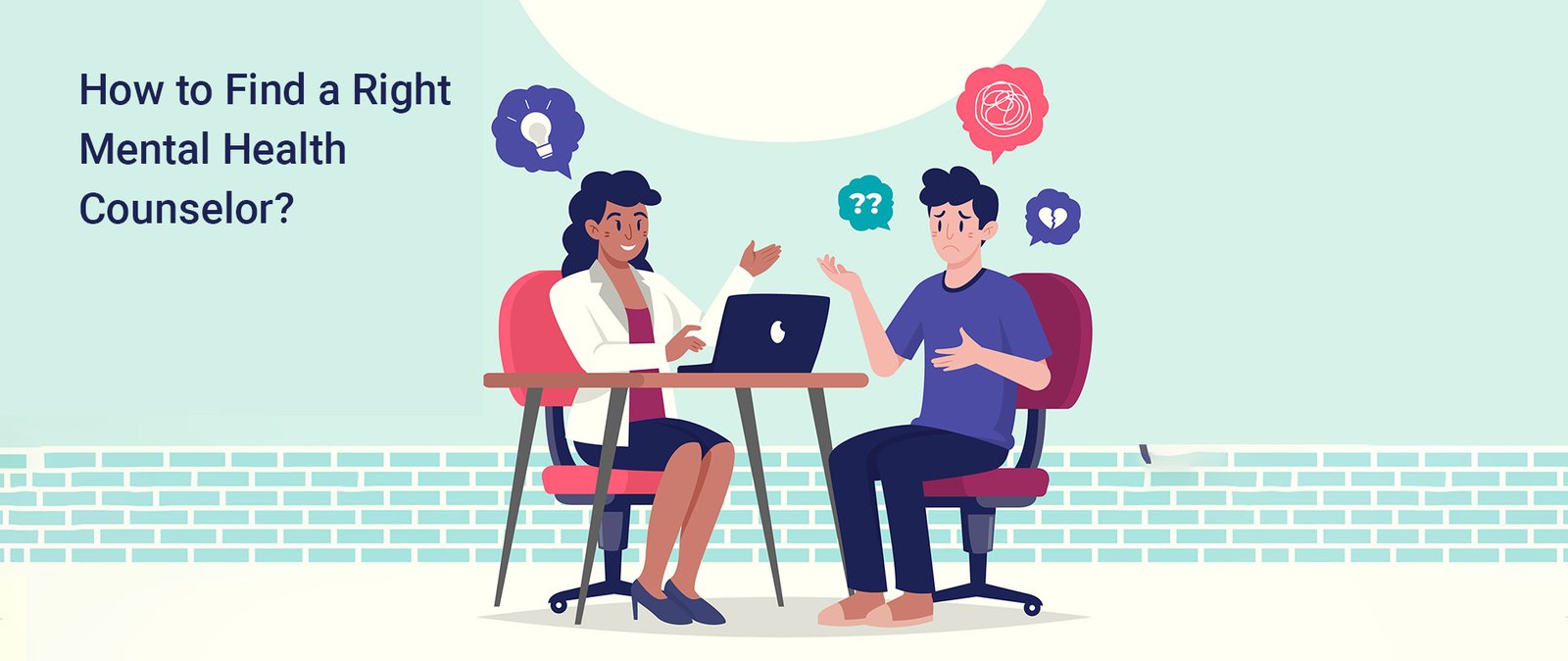Some of the best and happiest memories we have of our childhood are about the games we played and the fun we had with our friends. Playing hide-and-seek, kho-kho, carrom, Business or even make-believe games like House. Although as kids we would play just for pleasure, what we didn’t know is that these very games helped us build and broaden our range of physical, social and cognitive and emotional skills. The importance of play in the development and growth of a child is so important, that play has been recognized as a right of every child by the United Nations High Commission for Human Rights.
What makes play so important?
Firstly, it allows children to experiment, develop their imagination, use their creativity, and exercise skills like problem-solving and critical thinking, thus facilitating healthy brain development. Further, it is through playing that children first explore the world around them and learn how to interact and communicate with others. Apart from these cognitive and social benefits, playing also fosters their physical development. It builds their physical strength and gross motor skills like balance, body awareness, and activities like throwing, lifting, kicking, etc. At the same time, it also improves their fine motor capacities such as hand-eye co-ordination, holding objects like a pencil, buttoning their clothes, etc. Last but not the least, play helps children to understand and regulate their emotions and have a healthy mind. For example, if a child loses a game, he/she learns to process emotions like sadness, frustration or anger. Play also helps a child build healthy self-esteem and confidence and shapes their identity by helping him acquire virtues like team-spirit, patience, fairness, etc.
Because children may not always be able to process or express problems the way adults do, it becomes crucial to explore other ways with which to help children experiencing behavioural, emotional or mental health difficulties. And what better way to do so, than the thing children enjoy the most – PLAY! Play therapy is a form of counselling for children – basically the children’s version of what counselling and psychotherapy is for adults. From the outside, it may look like it’s just about having fun through games and toys. But it is much more than that. A lot can be revealed from the way a child plays with different types of toys and how their behaviour and mood changes. A trained play therapist can observe and gain insights into the difficulties being faced by the child and also work on bringing about a positive change, through various play techniques.
Play therapy helps children to identify and express their feelings in a healthy way as well to learn new coping skills. It is also an effective way to redirecting or changing inappropriate behaviour (like aggression or anger management) and replacing it with a desirable one. This technique is particularly useful to help children process and cope with stressful life events like relocation, parent separation, hospitalization, trauma and abuse, or even physical disabilities. It is also used when a child may be struggling with difficult feelings like anxiety, depression, or grief and loss. Parental involvement in the process of play therapy can also be quite effective to promote healing, improve family dynamics, develop effective parenting techniques, and reduce behavioural issues. This technique can be used on its own, or even as an addition to other types of therapy or medication.
Some popular toys that are used include blocks, puppets, sand trays, animal and cartoon figures, toy cars and houses, and many more. Activities like role-play, storytelling, arts and craft, etc are also used. Play therapy basically comes in two forms or approaches –
- Non-directive or child-centred : In this, children are simply given the toys and allowed to choose how to spend their time. The therapist just observes the child and provides minimal instructions or guidance. The belief behind this approach is that in such an unstructured situation, the child will find ways to resolve the problem on their own, and the therapist just serves as a facilitator creating the optimal therapeutic conditions. For example, allowing the person to play with sand to relieve distress.
- Directive : Here, the therapist chooses particular toys or games to address a specific goal or topic in that session. The therapist may also intervene and get involved in the play to direct the child in resolving the problem. For example, encouraging the child to tell a story about a family using figures or puppets to learn more about family dynamics.
Can play therapy be used with adults?
Absolutely! As it is said, we all have a child somewhere within us. Even we, as adults, can have a tough time expressing our innermost feelings, conflicts or desires. At such times, play therapy techniques can work wonders. Of course, the toys and techniques used for adults and teenagers would be slightly different than those used with younger children. But the very act of playing, whether it is games, role-play, sand play or anything else, it helps soothe yourself and enhance your mental wellbeing. Play therapy has been found to have numerous benefits with adults as well, in that it reduces stress, increases self-esteem, and fosters mind-body integration. It creates a safe space for you to express yourself and tell you story or even work through issues that seem overwhelming. In doing so, it also promotes self-discovery and healing by helping you get in touch with your feelings that are hard to talk about.
Each play therapy session is tailor-made depending on the person’s needs and situation. This is what makes it particularly effective and an enriching journey towards self-improvement, for all who choose to experience it. Be it a child or an adult, you are never too old for some good old play time! Because as George Bernard Shaw has said, “We don’t stop playing because we grow old… we grow old because we stop playing”.









